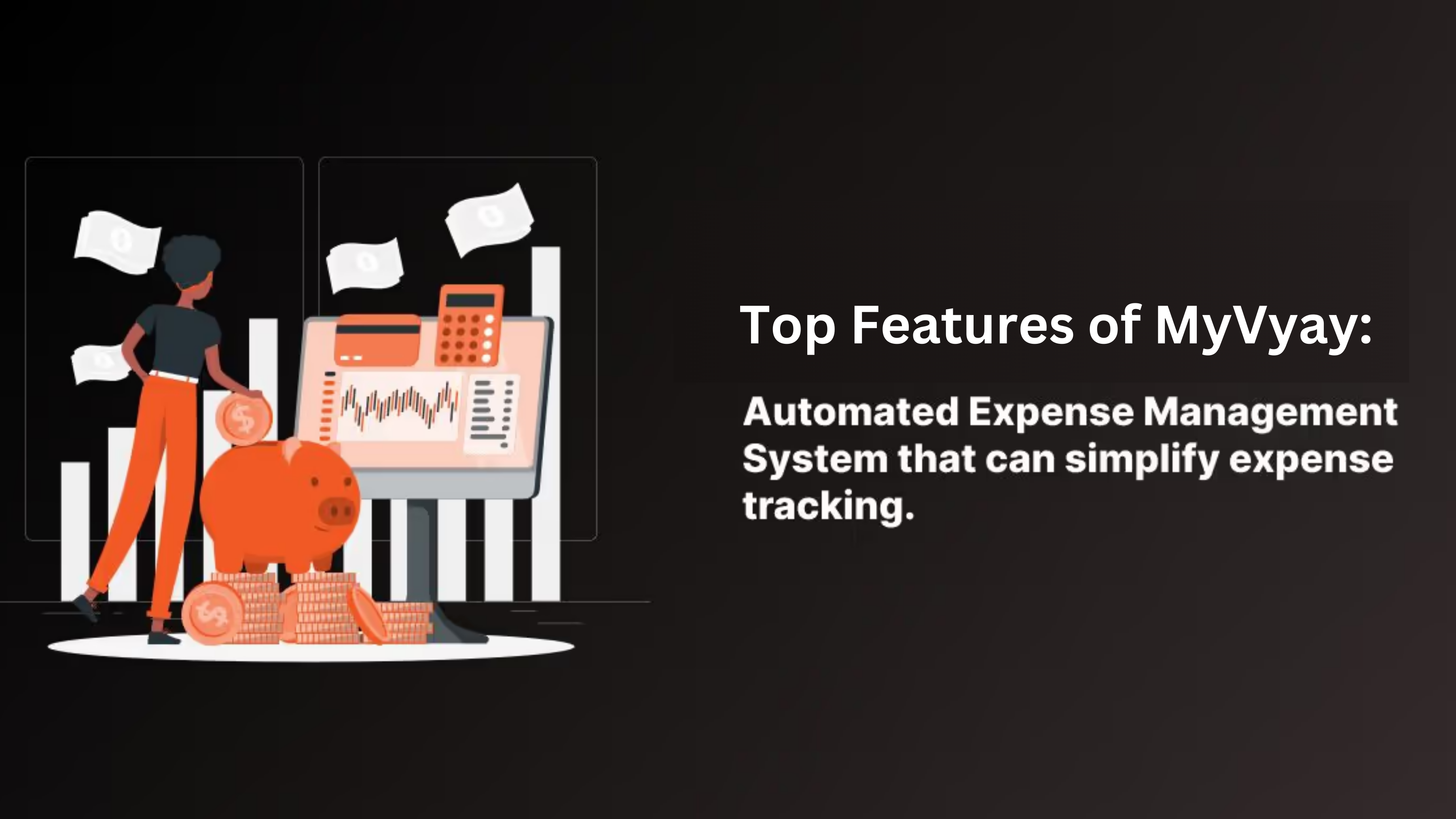Leverage the strategic power of cash outflow management. It’s the lifeblood of your business, ensuring smooth daily operations and fueling future growth. By optimizing cash flow, you gain a crucial advantage, navigating the dynamic commercial landscape with unparalleled financial control.
Cash Outflow Management

Cash flow. It’s the oxygen that keeps your business alive. Understanding and managing cash outflows – the money flowing out of your company – is crucial for sustainable success. This whitepaper dives deep into the world of cash outflows, empowering you to take control of your financial well-being.
Demystifying Cash Outflows
Simply put, cash outflows represent all the ways your business spends money. These expenditures fall into three main categories:
- Operating Activities: This covers your day-to-day business needs – rent, salaries, utilities, supplies, and other costs essential for running the show.
- Investing Activities: This includes investments you make to expand your reach or improve your operational capacity. Think purchasing new equipment, acquiring another company, or building a new facility.
- Financing Activities: This encompasses how you manage your debt and distribute profits to shareholders. It includes payments for loans, interest, and dividends.
Why Cash Outflow Matters?
Effective cash flow management isn’t optional; it’s a necessity. Here’s why:
- Maintaining Liquidity: Adequate cash reserves ensure you have enough money to cover daily operational expenses. This prevents financial strain and keeps your business humming.
- Meeting Obligations: Timely payments for loans and other debts preserve your creditworthiness and build strong relationships with creditors.
- Fueling Growth: Understanding cash outflows empowers you to make informed investment decisions and strategically allocate resources for long-term growth.
- Preparing for Emergencies: Unexpected events happen. A healthy cash flow builds a safety net to weather storms and unexpected downturns.
- Data-Driven Decisions: Cash outflow data provides valuable insights into your business’s financial health. This empowers you to make strategic decisions that optimize your bottom line.
- Confidence and Credibility: Effective cash flow management reflects financial responsibility, which inspires confidence in investors and creditors.
- Adaptability: Businesses with a firm grasp on cash outflows are better equipped to adapt to market shifts, industry fluctuations, and economic changes.
Common Cash Outflow Challenges
Managing cash outflows isn’t without its hurdles. Here are some key challenges you might face:
- Seasonal Fluctuations: Some businesses experience seasonal peaks and troughs in demand. This can lead to uneven cash flow patterns, where outflows are higher during peak seasons to meet increased operational demands.
- Unforeseen Expenses: Unexpected events like equipment breakdowns, natural disasters, or economic downturns disrupt planned outflows and strain financial resources.
- Growth vs. Cash Preservation: Striking a balance between fueling growth through investments and maintaining sufficient cash reserves for daily operations can be tricky.
Strategies for Cash Flow Mastery
The good news? Numerous strategies can help you manage cash outflows effectively:
- Cash Flow Analysis and Forecasting: Analyze historical data to understand where your money goes. Utilize this knowledge to create accurate cash flow forecasts, allowing you to anticipate future needs and make informed decisions.
- Working Capital Management: Optimize your working capital by balancing accounts receivable, accounts payable, and inventory levels. This helps shorten payment cycles and improve cash flow.
- Negotiate Payment Terms: Negotiate favorable payment terms with suppliers to secure more time to manage outflows. Aim for extended payment deadlines or early payment discounts for prompt settlements.
- Cost-Cutting Measures: Implement cost-cutting measures without sacrificing core business functions. Analyze expenditures and identify areas where you can streamline or eliminate unnecessary expenses.
- Emergency Fund: Building a contingency fund provides a financial buffer during unexpected challenges. This allows you to weather temporary cash flow shortfalls without jeopardizing operations.
- Embrace Technology: Leverage technology and automation tools to streamline financial processes. Cash flow forecasting tools, accounting software, and online banking platforms offer real-time insights and improve efficiency.
- Strategic Financing: Explore strategic financing options like lines of credit or short-term loans to address cash flow needs during growth phases or periods of economic uncertainty.
Conclusion
By mastering cash outflows, you unlock the power to achieve long-term financial stability and growth. Develop a deep understanding of your cash flow patterns, implement the strategies outlined above, and watch your business thrive. Remember, a well-managed cash flow is the lifeblood of any successful business.




